The ARPG scene got a lot more interesting this December with Path of Exile 2 finally making its grand entrance. Grinding Gear Games’ latest offering has captured the attention of demon-slaying enthusiasts everywhere, and for good reason—it has brought with it some serious innovation to the genre.
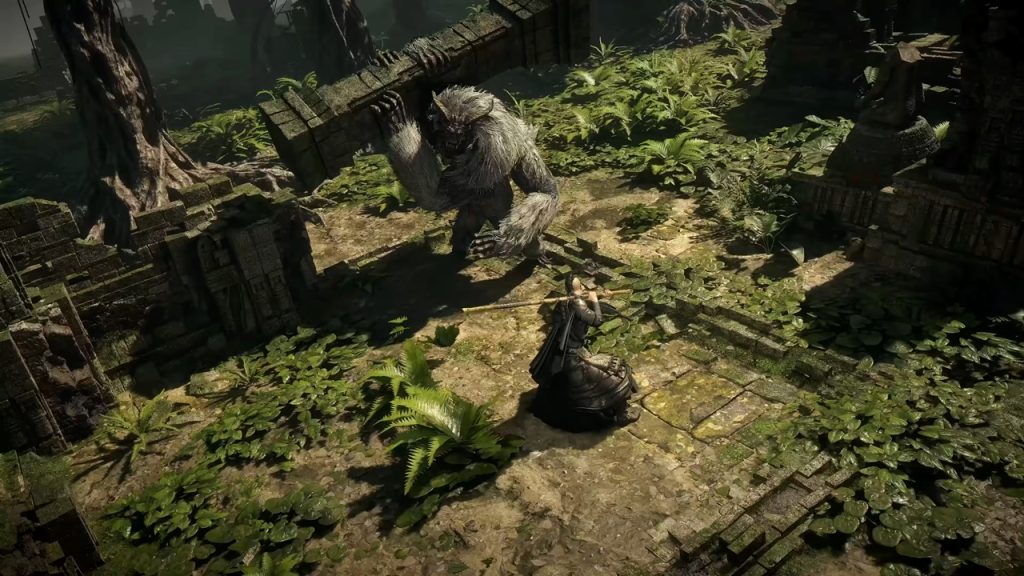 PoE 2 may not be the “Diablo killer” it was made out to be. | Image Credit: Grinding Gear Games
PoE 2 may not be the “Diablo killer” it was made out to be. | Image Credit: Grinding Gear GamesMeanwhile, Diablo 4 has been weathering its share of storms. While Blizzard Entertainment hasn’t exactly been winning any popularity contests with their handling of certain issues, there’s an interesting dynamic at play that might just help their latest hack-and-slash adventure stay relevant.
And it all comes down to how these two games approach the age-old question: how quickly should players feel like an unstoppable force of nature?
The power fantasy divide in modern ARPGs
Let’s be honest: there’s nothing quite like the rush of decimating hordes of demons with a well-timed ability. Both games deliver this satisfaction, but their approaches couldn’t be more different. Diablo 4 hands you the keys to godhood relatively early, letting you carve through demonic legions like a hot knife through butter within your first few hours of play.
Path of Exile 2, on the other hand, is more like a demanding martial arts instructor. Sure, you’ll eventually become a devastating force of nature, but first, you’ll need to master its intricate skill system, understand the nuances of its passive tree, and probably earn a minor degree in economics along the way.
This fundamental difference in design philosophy might be Diablo 4‘s strongest asset. After all, not everyone has the time (or desire) to study spreadsheets between demon-slaying sessions. Sometimes, after a long day at work, you just want to log in and feel powerful without having to solve differential equations.
A tale of two development philosophies
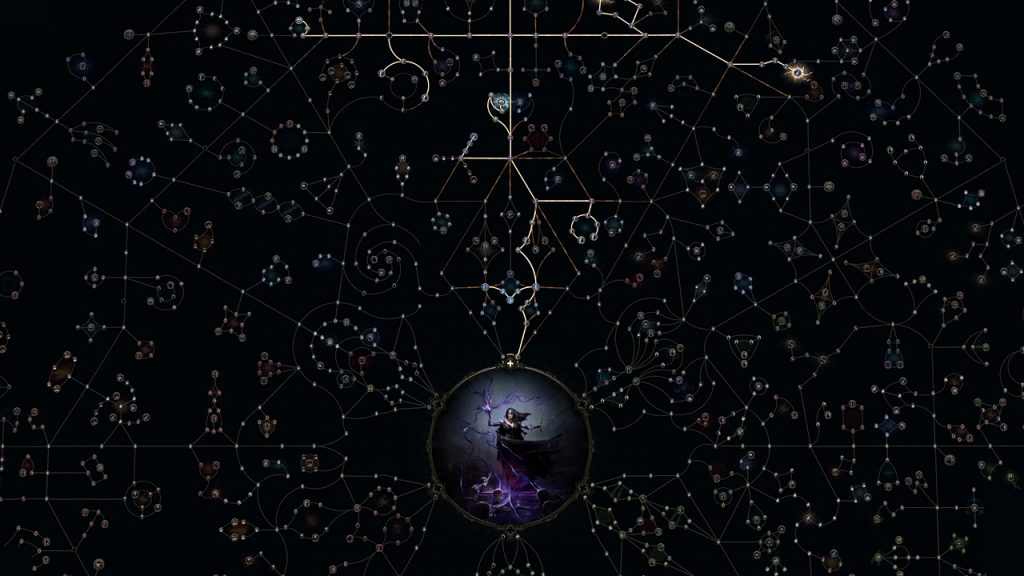 “That’s not a skill tree, that’s a whole skill forest!” | Image Credit: Grinding Gear Games
“That’s not a skill tree, that’s a whole skill forest!” | Image Credit: Grinding Gear GamesThe current ARPG scene is settling into an interesting equilibrium, much like a well-balanced ecosystem. While Path of Exile 2 caters to players who treat their gaming sessions like a graduate-level course in character optimization, Diablo 4 welcomes those who prefer their power fantasy served with a side of simplicity.
This isn’t about which game is “better”—it’s about understanding their distinct roles in the genre. Blizzard‘s focus on accessibility and immediate gratification isn’t a flaw; it’s a deliberate choice that serves a significant portion of the ARPG community. Meanwhile, Grinding Gear Games continues to develop experiences that reward deep engagement and mechanical mastery.
The future of both games will likely be shaped by how well they maintain these distinct identities. For Diablo 4, that means polishing its accessible nature while addressing legitimate player concerns. For Path of Exile 2, it’s about maintaining its depth while finding ways to make its complexity less intimidating to newcomers.
What’s your take on the current state of ARPGs? Do you prefer the intricate systems of Path of Exile 2, or does Diablo 4‘s more streamlined approach better suit your demon-slaying needs? Share your thoughts in the comments below!
.png)
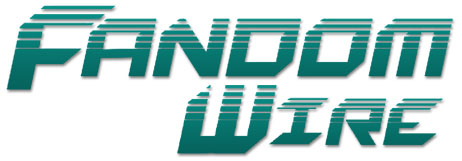 3 days ago
16
3 days ago
16
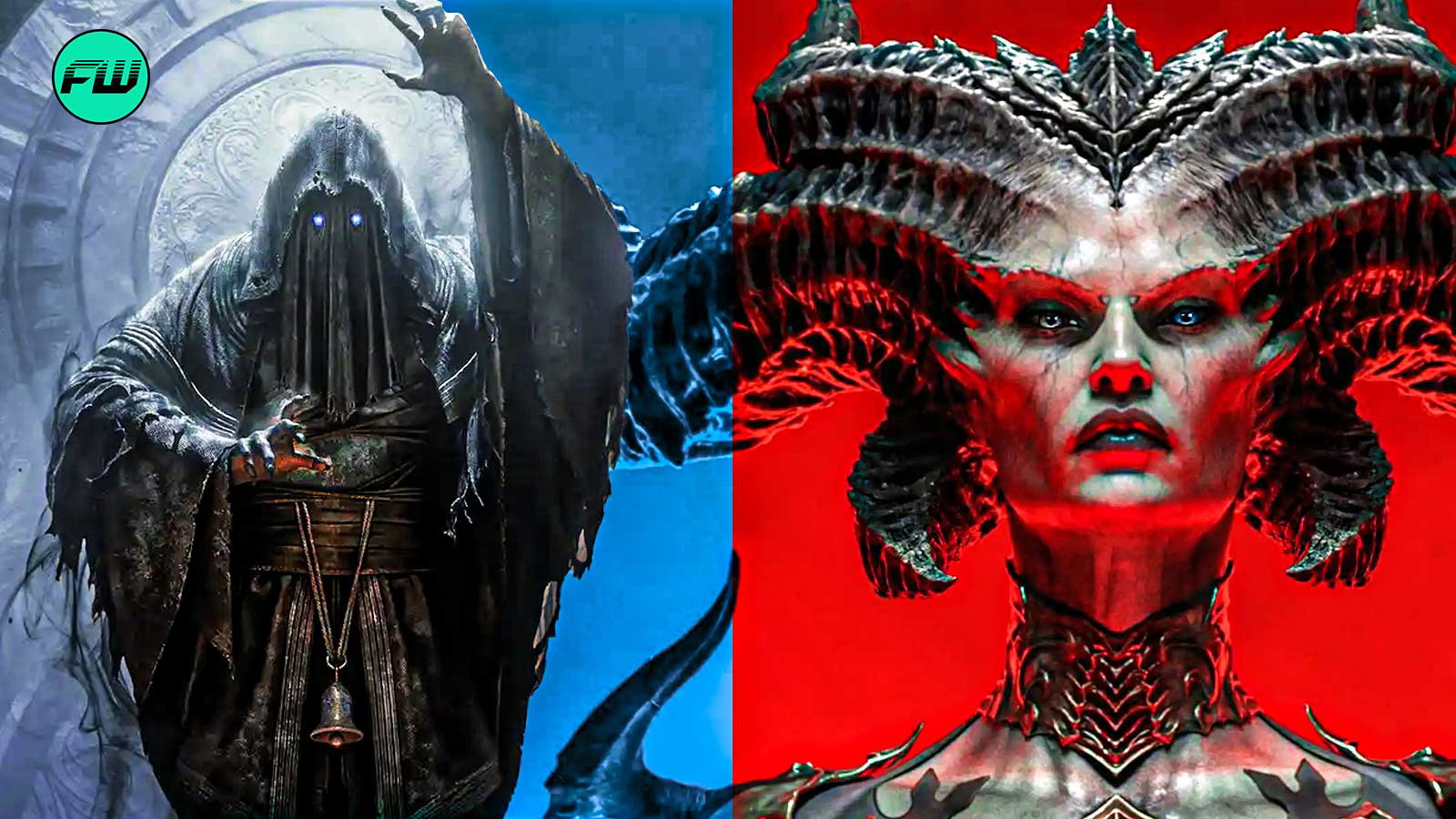



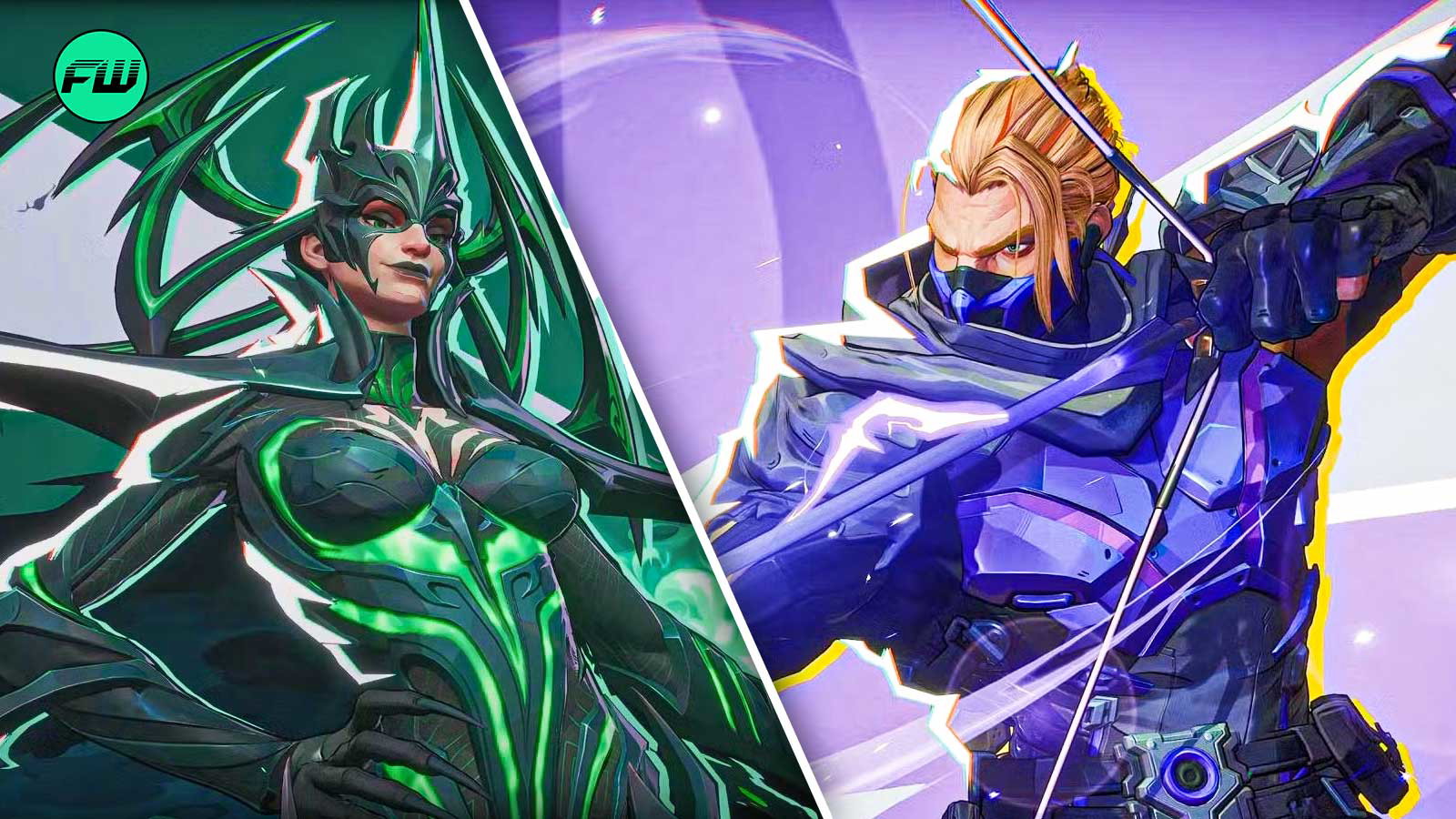

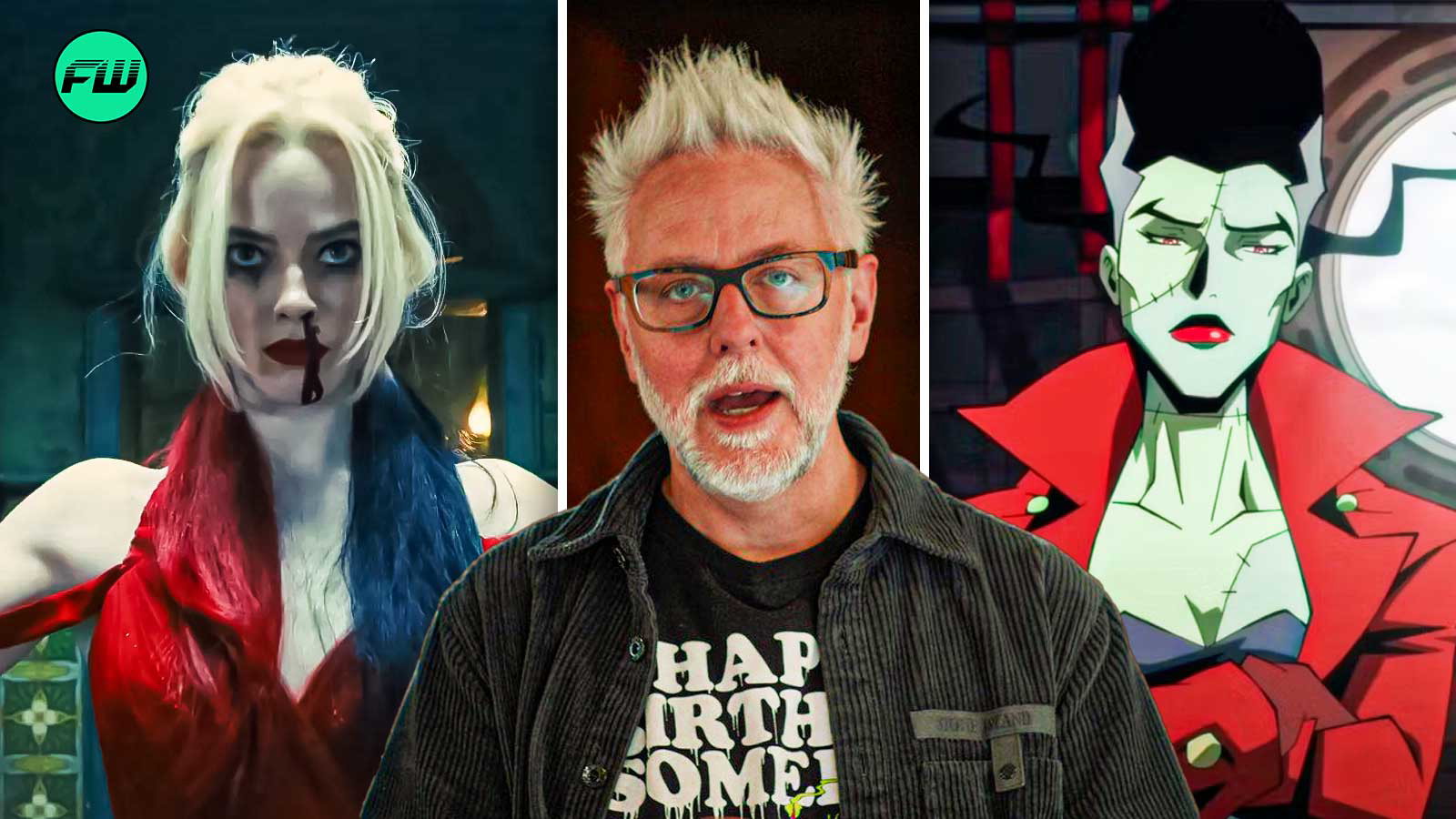


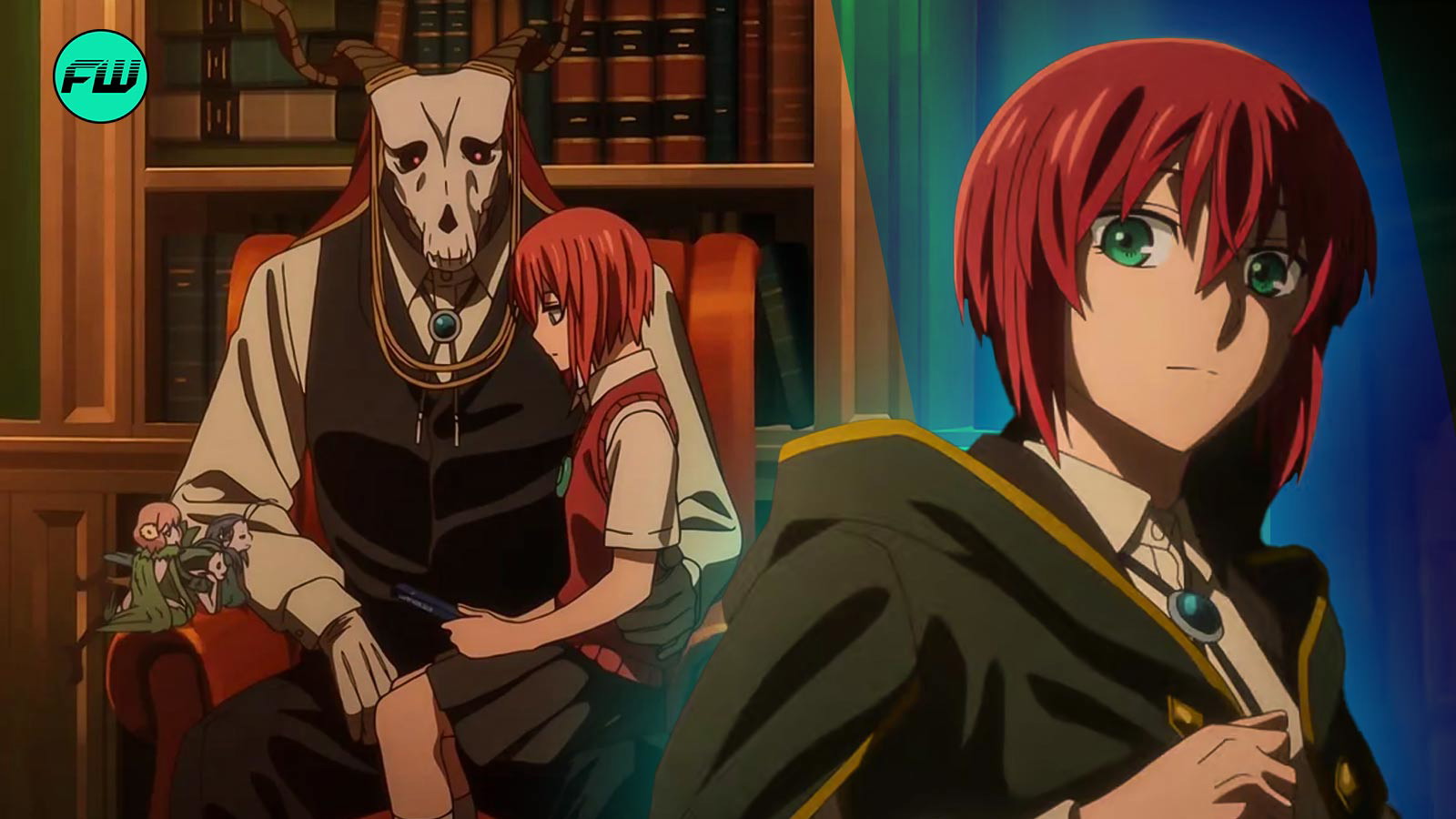


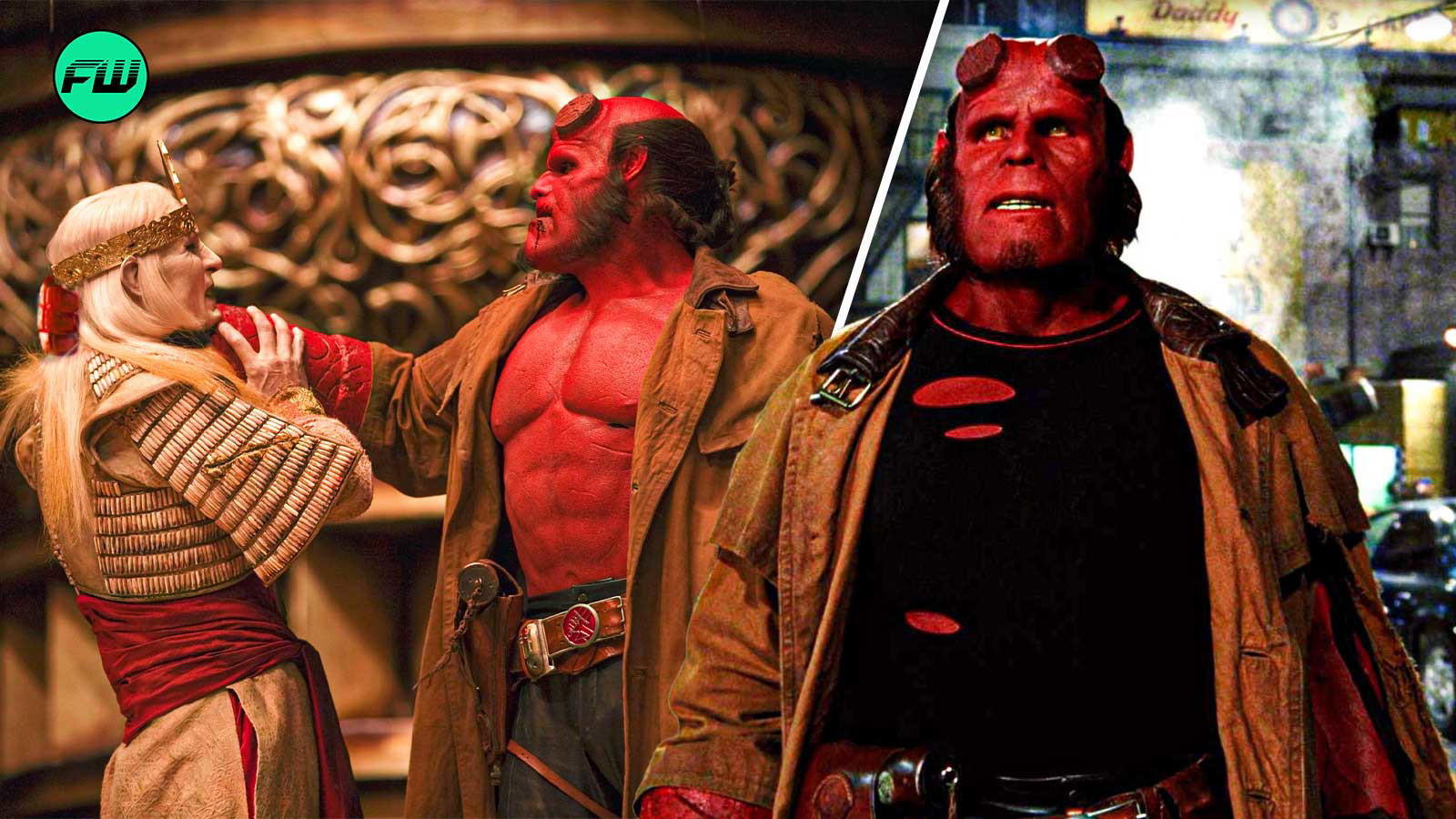
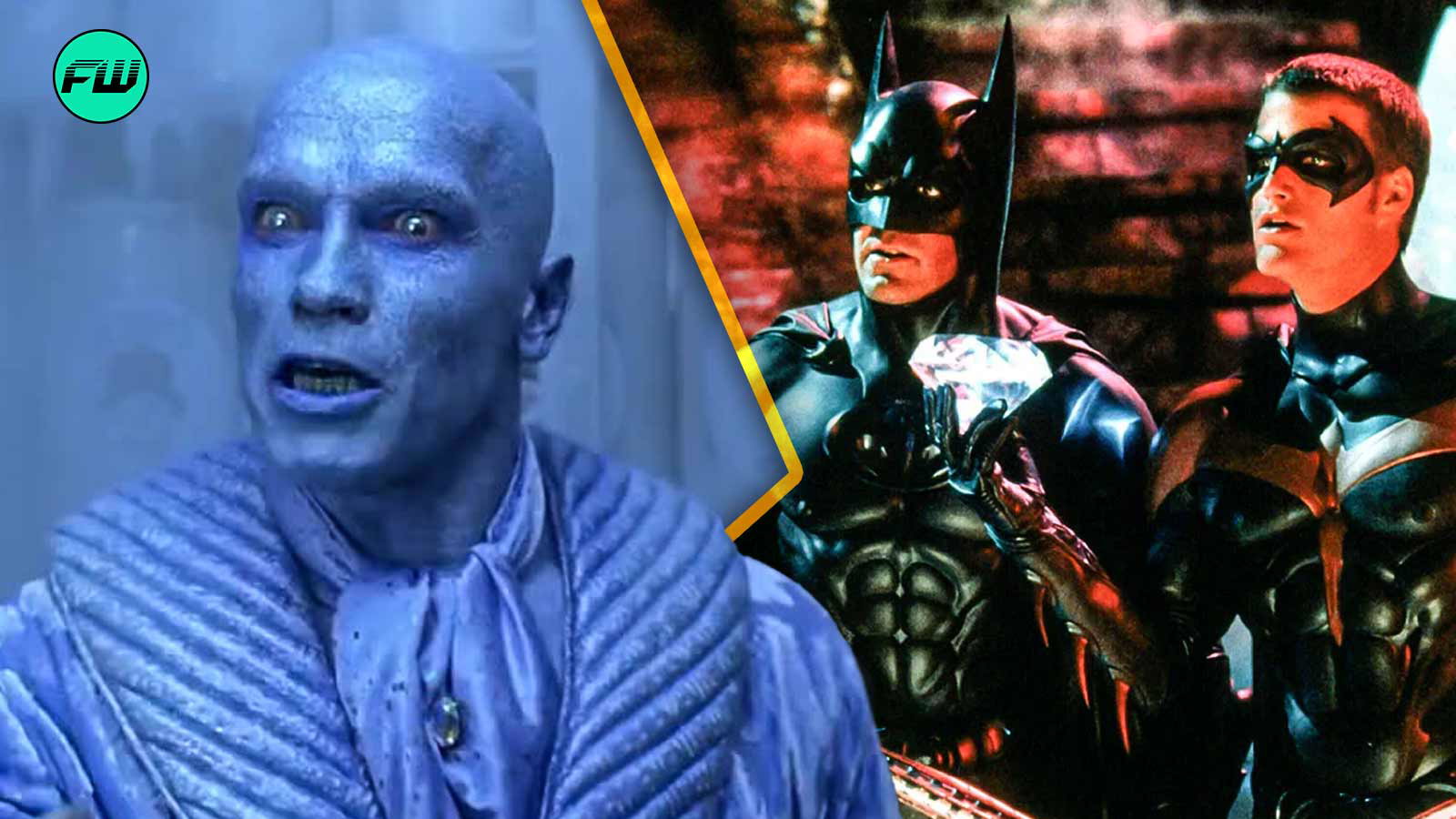






















 Bengali (BD) ·
Bengali (BD) ·  English (US) ·
English (US) ·